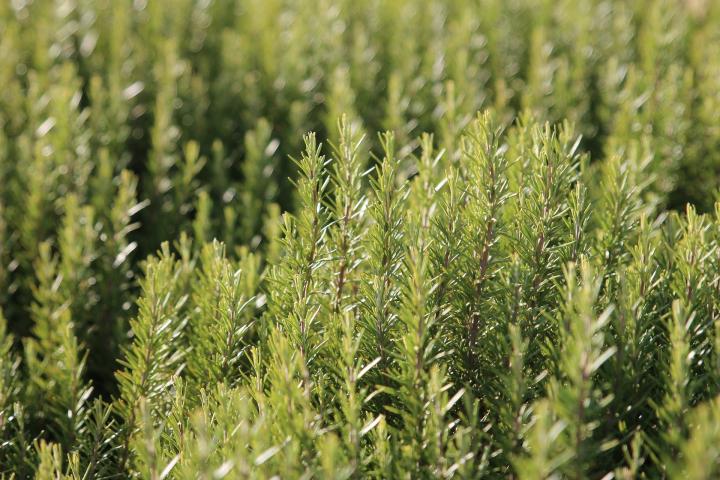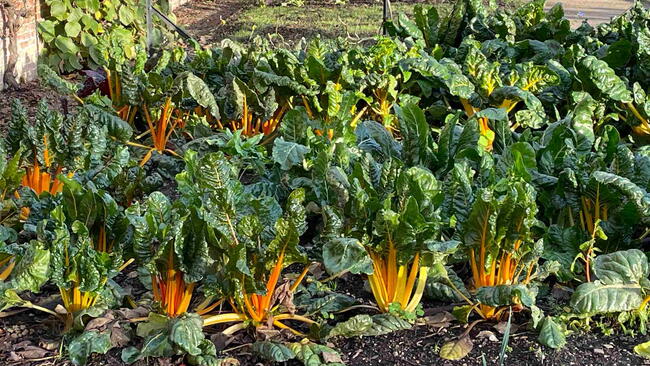
Discover how to plant, grow, and care for rosemary—a fragrant, drought-tolerant herb perfect for pots or garden beds in warm climates.
Read Next
Gardening Products
Cooking Notes
Rosemary is wonderful with roast lamb, pork, chicken, pasta, and vegetables (such as carrots) as well as in sauces, soups, and stews.
After drying, rosemary makes a lovely tea to aid digestion. You can also use it to infuse vinegar or olive oil, as well as flavor butter.
More Like This
Hi Lisa, Thanks for writing in. Rosemary is a plant that thrives in a Mediterranean-like climate and does not do well in locations with cold winters. It is not uncommon for its branches to appear dead in early spring. Since there is a little green remaining, that is a positive sign. To determine if a branch is dead, scrape the bark of a few stems. If the stem is green underneath, new growth is possible. If it is brown, removal is necessary. If all branches are brown underneath the bark, it is best to remove and get a new plant.
- « Previous
- 1
- 2
- …
- 10
- Next »













Comments